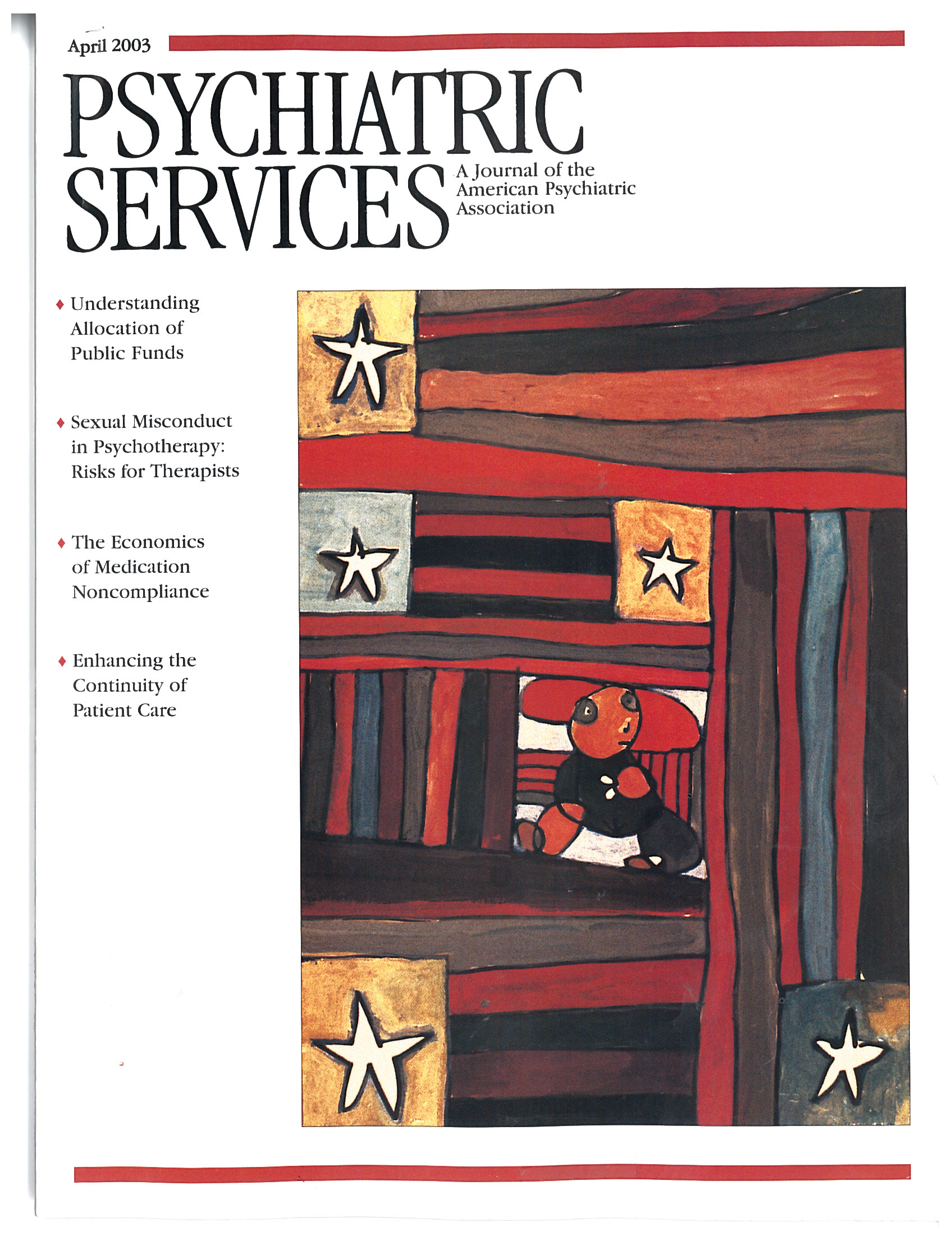Patients' Views of Causes of Aggression by Patients and Effective Interventions
Abstract
OBJECTIVE: The authors studied patients' perceptions of the causes of aggression by patients and their recommendations for interventions to prevent assaultive behavior. METHODS: A total of 92 inpatient and outpatient veterans, the majority of whom had a psychiatric diagnosis and some a medical diagnosis, answered questions in individual interviews about whether they had ever witnessed an assault. RESULTS: Fifty-two participants had witnessed aggression. Participants' answers about the causes of patient-to-patient and patient-to-staff aggression were categorized into internal factors—cognition, feelings, and symptoms—and interpersonal stressors, such as personality conflicts and abrasive words. The majority of causes identified were in the category of interpersonal stressors—67 percent for patient-to-patient aggression and 60 percent for patient-to-staff aggression. The participants' answers about suggested interventions to prevent both types of aggression were categorized as individual patient, cooperative patient-staff, and staff interventions. For patient-to-patient aggression, 52 percent of the interventions suggested were for staff. This proportion was 74 percent for patient-to-staff aggression. For both types of aggression, only 10 percent of the suggested interventions involved patient-staff cooperation. CONCLUSIONS: The participants indicated that both patients and staff play important parts in causing and in intervening to prevent violence. This information can be used to help plan programs to prevent and intervene in aggressive behavior.



